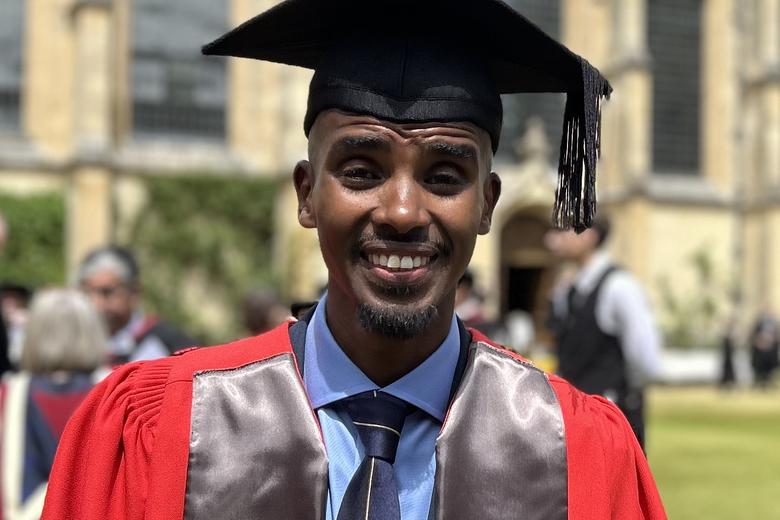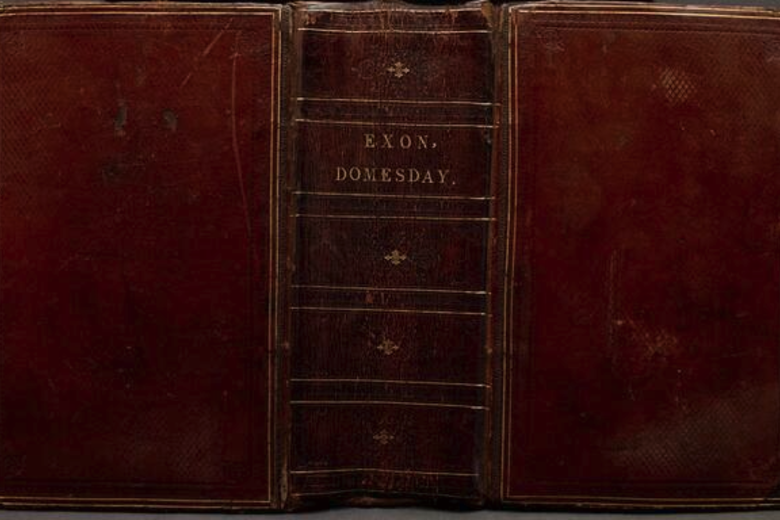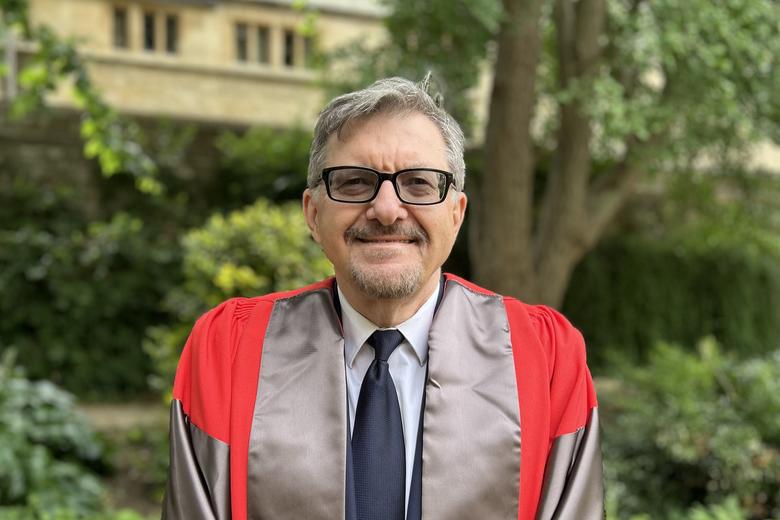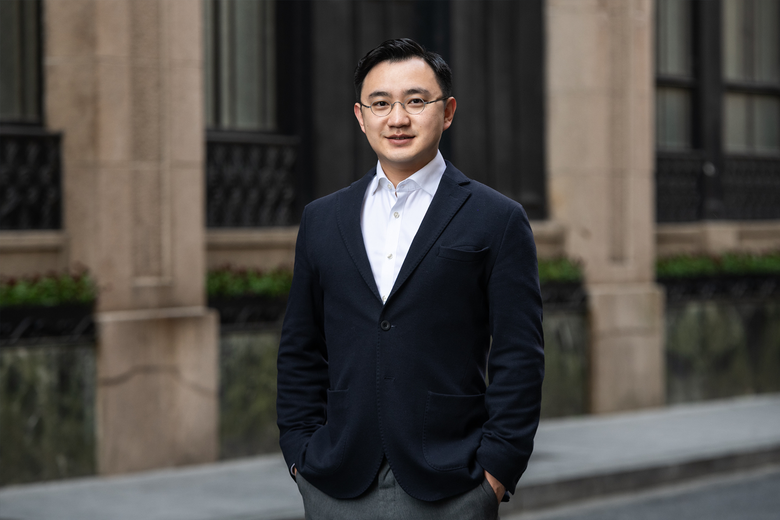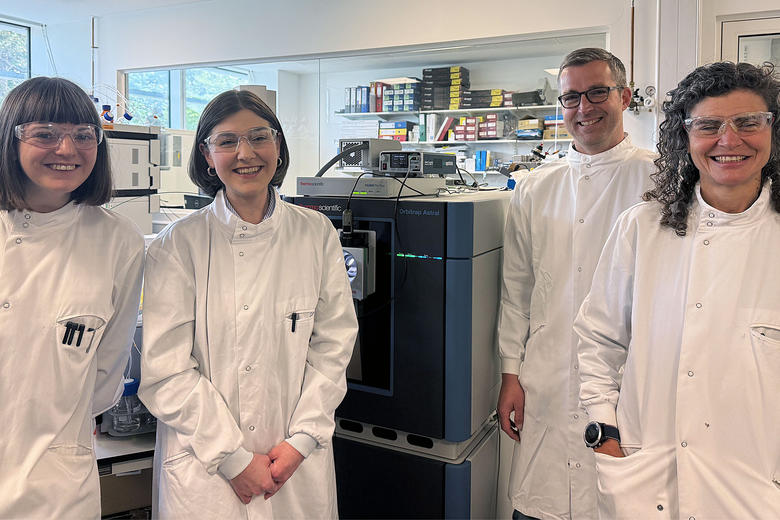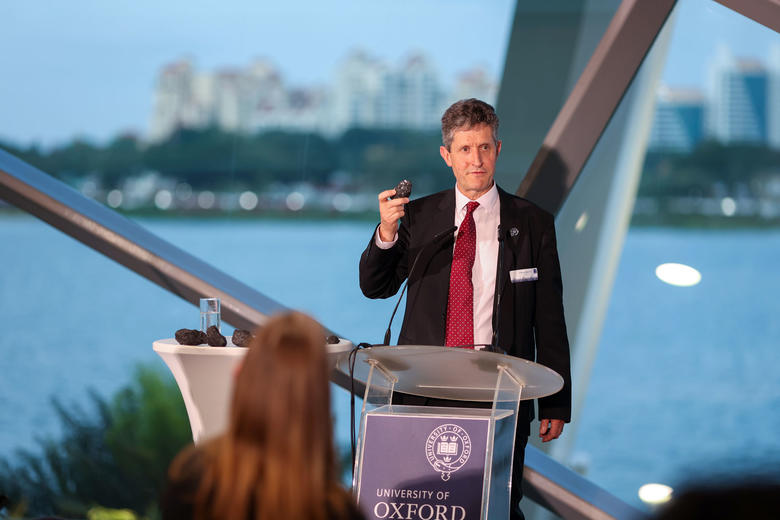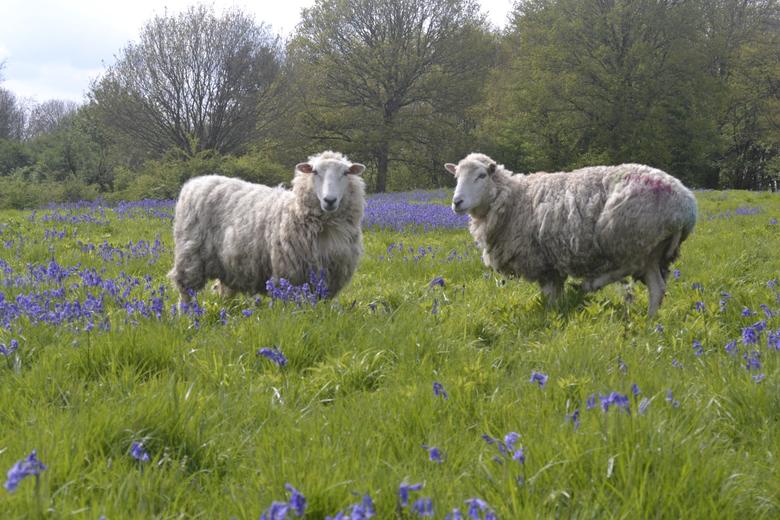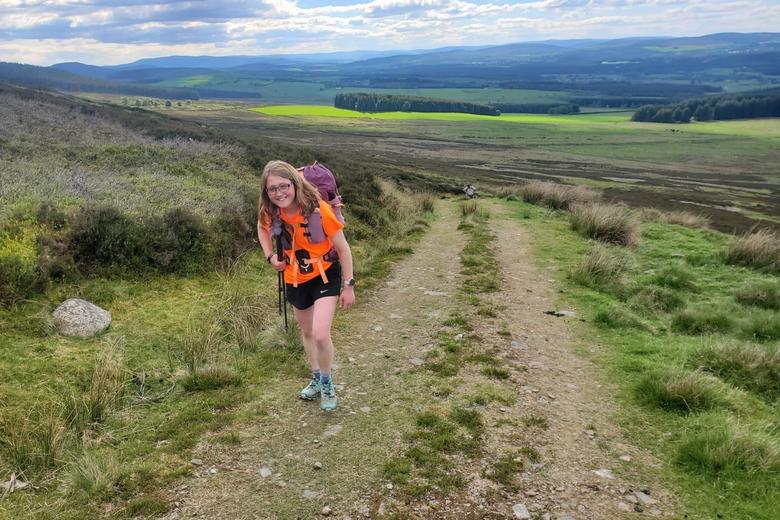NEW DIRECTOR FOR NATURAL HISTORY

NEW DIRECTOR FOR NATURAL HISTORY
The University’s Museum of Natural History has a new Director
Published: 3 July 2025
Share this article
The University of Oxford is pleased to announce the appointment of Dr Gavin J. Svenson as the new Director of the Museum of Natural History. He will start in post in September 2025, succeeding Professor Paul Smith who retired in September 2024 after 13 years in the position. Dr Svenson will also become a Fellow of Kellogg College, Oxford.
Dr Svenson comes to the University of Oxford from the Cleveland Museum of Natural History (Ohio, USA) where he was Curator of Invertebrate Zoology and, since 2022, Chief Science Officer. There, he was a driving force behind the museum’s $150 million transformation which, in 2024, opened an expanded 375,000 square foot building with new galleries and cutting-edge design. Dr Svenson managed the museum’s research and conservation staff, a collection of more than 5 million specimens, and 12,500 acres of protected land across Northeast Ohio.
As an entomologist, Dr Svenson is one of the world’s foremost experts on the praying mantis and his research has revealed new evolutionary patterns among these fascinating insects, prompting important changes in their traditional scientific classification. He earned his Ph.D. in Phylogenetics and Systematics from Brigham Young University, Utah, in 2007, after graduating with a Bachelor of Science from Cornell University, New York, in 2002. He completed his postdoctoral research at the New York State Museum in Albany.
Welcoming Dr Svenson’s appointment, the Vice-Chancellor of the University of Oxford, Professor Irene Tracey CBE, FRS, FMedSci, said: ‘I am so pleased Dr Svenson will join us in Oxford to lead the Museum of Natural History which welcomed more than 834,000 people through its doors last year – its highest ever visitor figure.
‘Gavin brings a wealth of experience in museum transformation, collections care, research and public programming, all of which will be hugely valuable as the museum continues in its mission to share understanding of the natural world with audiences across the globe.’
Richard Ovenden OBE, Head of the University of Oxford’s Gardens, Libraries and Museums, said: ‘We are delighted to welcome Dr Svenson as the new Director of the Museum of Natural History at the University of Oxford. Gavin has shown himself to be an inspiring, innovative and energetic leader in the world of natural history collections, and someone who understands the crucial link between museum collections, modern science, and the critical issues that face humanity, such as climate change and biodiversity.’
Baroness Katherine Willis CBE, Professor of Biodiversity, Oxford Department of Biology and Chair of the Museum of Natural History Board of Visitors, said: ‘I am looking forward to welcoming Dr Svenson to Oxford and working with him to develop the museum’s strategy in teaching, research and public engagement. The museum has a crucial role to play in the public understanding of the natural world at a time when the planet is faced with unprecedented environmental challenges. Gavin’s experience, leading scientific research and museum outreach in Cleveland, will be a great asset to us in Oxford.’
Responding to his appointment, Dr Svenson said: ‘I’m deeply honoured to serve such an esteemed museum of natural history and to help shape its future. It is both a profound responsibility and an incredible opportunity to connect the science of our natural world with the community and to demonstrate its enduring relevance and importance in our daily lives. We humans are part of nature, and natural history is part of our story: a story that encompasses the past, defines the present, and helps us understand the future.’
Dr Gavin J. Svenson joined the Cleveland Museum of Natural History in 2012 as Curator of Invertebrate Zoology. He went on to become Cleveland’s Director of Research and Collections, and in 2022 was made Chief Science Officer. In this role he was the science lead for the acclaimed Transforming the World of Discovery project, a $150 million campaign to redevelop the museum’s campus, collections facilities and displays. Outside his senior management role at Cleveland, Dr Svenson has been involved in outreach and education, developing new gallery spaces for visitor interaction with the collections, and helping to design education programmes for schools and the public.
Dr Svenson has conducted fieldwork across the southern hemisphere, describing more than 30 new species and genera. He has worked in museums of natural history across Europe and the United States and has taught undergraduate courses and advised graduate students. He is recognised as a leading authority on the praying mantis.
Oxford University Museum of Natural History
Founded in 1860 as the centre for scientific study at the University of Oxford, the Museum of Natural History now holds the University’s internationally significant collections of entomological, geological, palaeontological and zoological specimens.
Staff at the museum undertake pioneering research into the history and future of life on our planet and the natural environment. In 2022, researchers discovered Auroralumina, one of the oldest animal fossils ever found and the earliest known animal predator. In 2024, the excavation of a ‘dinosaur highway’ in Oxfordshire revealed hundreds of footprints made by Megalosaurus, the first dinosaur scientifically described 200 years ago, in 1824. In January 2025, the museum’s research featured in a major study showing that a quarter of freshwater species are now threatened with extinction.
Housed in a stunning Pre-Raphaelite-inspired example of neo-Gothic architecture, the Museum is free to enter, and its growing collections underpin a broad programme of environmental research, teaching and public engagement.


